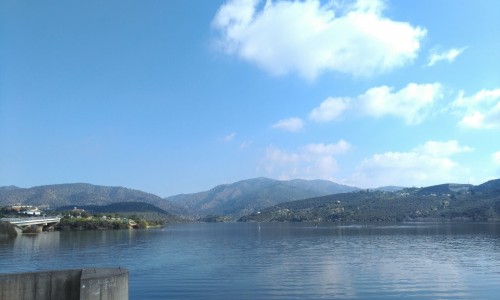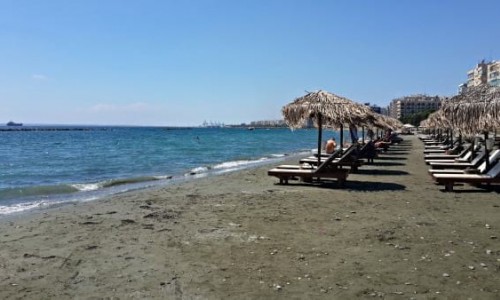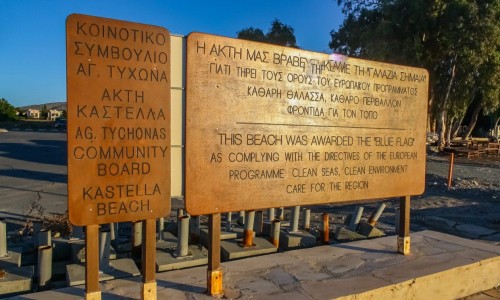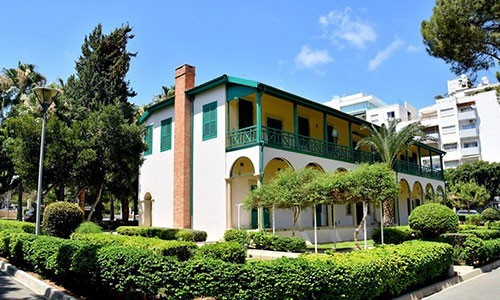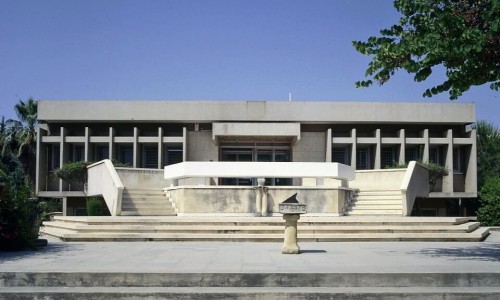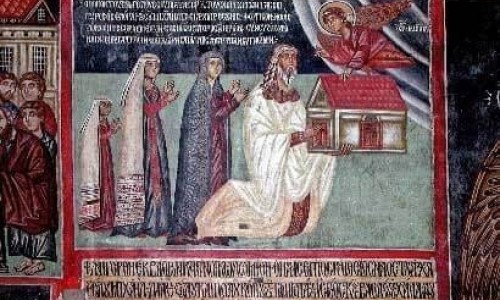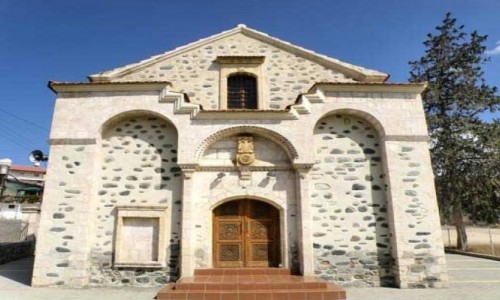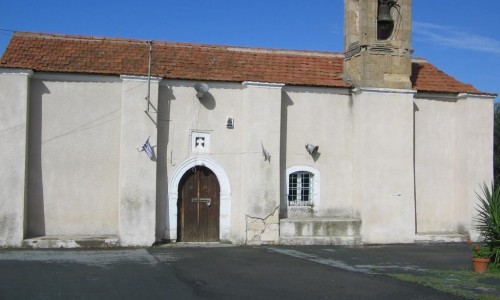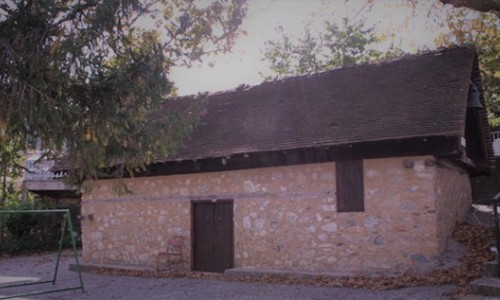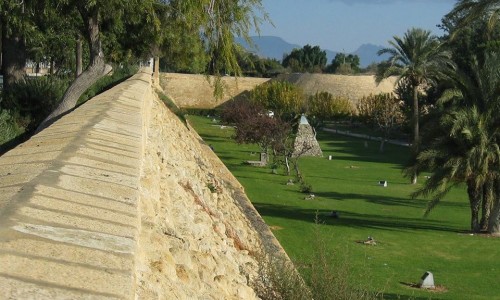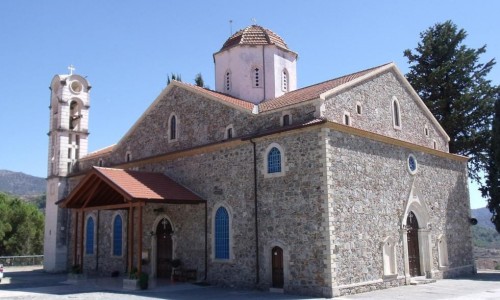Agios Mamas Church - Agios Sozomenos Village
Tucked away in the silent ruins of Agios Sozomenos, a largely abandoned village in Cyprus, stands the hauntingly beautiful Church of Agios Mamas. Once the spiritual heart of a thriving community, the church today serves as a poignant reminder of both the island’s layered history and the resilience of its sacred spaces. Despite the ravages of time and conflict, Agios Mamas remains one of the most striking examples of Gothic architecture in rural Cyprus.
Agios Sozomenos lies approximately 20 kilometers southeast of Nicosia. The village, named after Saint Sozomenos, a local hermit and healer who was venerated as a saint, once boasted a mixed Greek and Turkish Cypriot population. The community thrived until the mid-20th century, when rising tensions between the two ethnic groups—especially during the intercommunal violence of the 1960s and the Turkish invasion of 1974—led to its eventual abandonment.
Today, what remains is a ghost village—crumbled homes, overgrown paths, and the ethereal presence of history. In the middle of this quiet desolation, the Church of Agios Mamas still stands, weathered but remarkably intact, as if guarding the memory of the village and its people.
The Church of Agios Mamas is a small yet stunning example of Gothic ecclesiastical architecture, a style that was imported to Cyprus during the Lusignan period (1192–1489). It likely dates back to the 14th or early 15th century, though precise records are scant.
The church features:
- Pointed arches typical of Gothic architecture
- Ribbed vaults that show surprising sophistication for a rural church
- A single-aisle nave, suggesting it served a small community
- A polygonal apse, externally buttressed for structural support
- Traces of frescoes and iconography, now faded but still visible upon close inspection
While not as elaborate as the cathedrals in Nicosia or Famagusta, Agios Mamas holds its own in terms of elegance and proportional harmony. Its enduring structure, despite centuries of neglect, is a testament to the craftsmanship of medieval Cypriot masons and the cultural richness of the Lusignan era.
Saint Mamas, to whom the church is dedicated, is a somewhat enigmatic figure in Christian hagiography. He is especially venerated in Cyprus, often depicted riding a lion—symbolizing his dominion over the wild and his role as protector of the innocent and the meek. Churches dedicated to Agios Mamas are scattered across the island, but the one in Agios Sozomenos stands out for both its historical context and its lonely beauty.
Though regular services have long ceased, the church remains a pilgrimage site for those who remember the village, as well as for historians, artists, and travelers drawn by its aesthetic and atmospheric presence
Visiting Agios Mamas today is like stepping into a painting of lost time. The building, though partially damaged—its roof partially collapsed and the walls bearing the scars of war and weather—still exudes a sacred aura. Light filters through broken windows, casting dappled patterns on the stone floor. Wild plants creep through cracks in the stone, nature gently reclaiming the space.
Occasionally, preservation efforts are discussed by cultural heritage organizations, but political complexities surrounding property rights and buffer zones (the village lies close to the UN-administered Green Line) often stall any formal restoration. Nevertheless, local guides and Cypriot heritage enthusiasts continue to advocate for its protection.
Visiting Tips
- Access: Agios Sozomenos is reachable by car from Nicosia. The village is deserted, so expect no signage or amenities.
- Footwear: Wear good walking shoes—paths are uneven, and rubble is common.
- Photography: A dream for photographers—especially during the golden hour when the soft light enhances the textures of stone and shadow.
- Respect: Though abandoned, the site is sacred. Avoid climbing on fragile structures or disturbing any remaining icons
Agios Mamas Church in Agios Sozomenos is more than a historical ruin; it’s a living story of faith, community, and endurance. It tells of a Cyprus that once was—diverse, devout, and architecturally rich—and invites visitors to ponder the layers of meaning embedded in stone and silence.
Whether you're a historian, spiritual seeker, or curious traveler, standing in the nave of Agios Mamas is an experience that lingers long after you've left. It is one of those rare places where history doesn’t just whisper—it sings.



